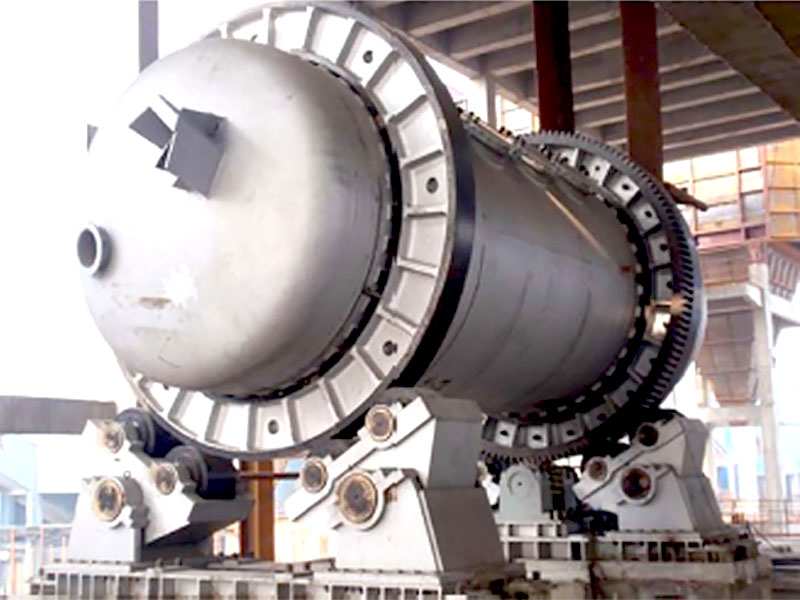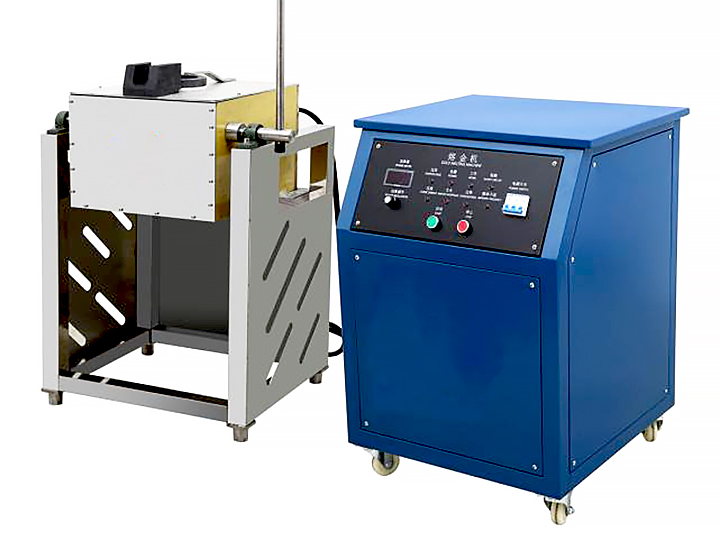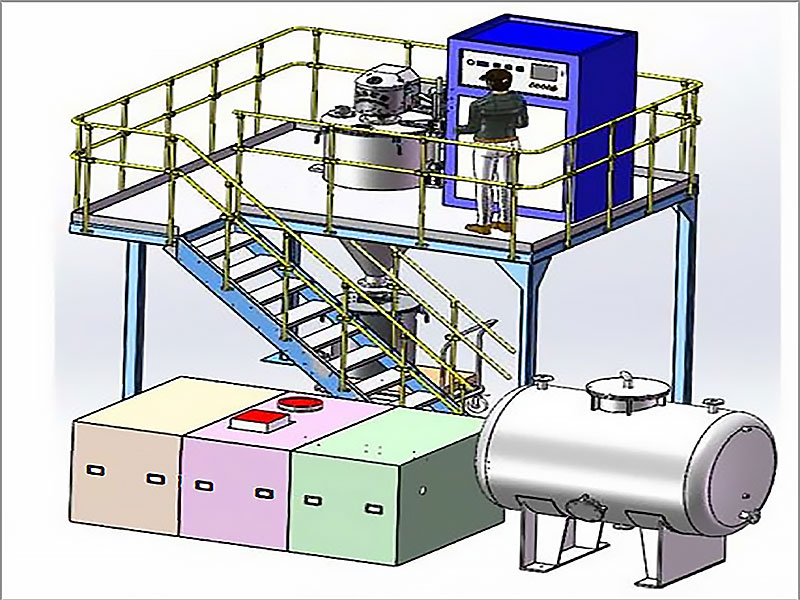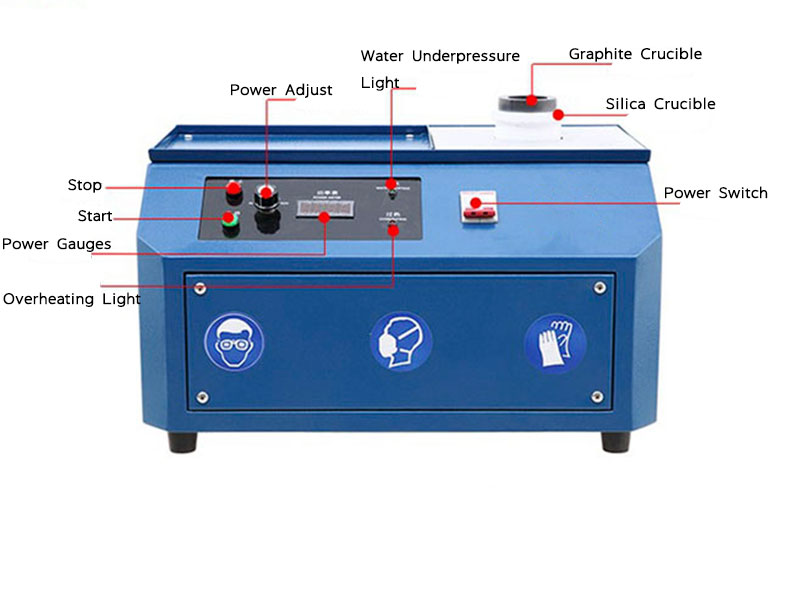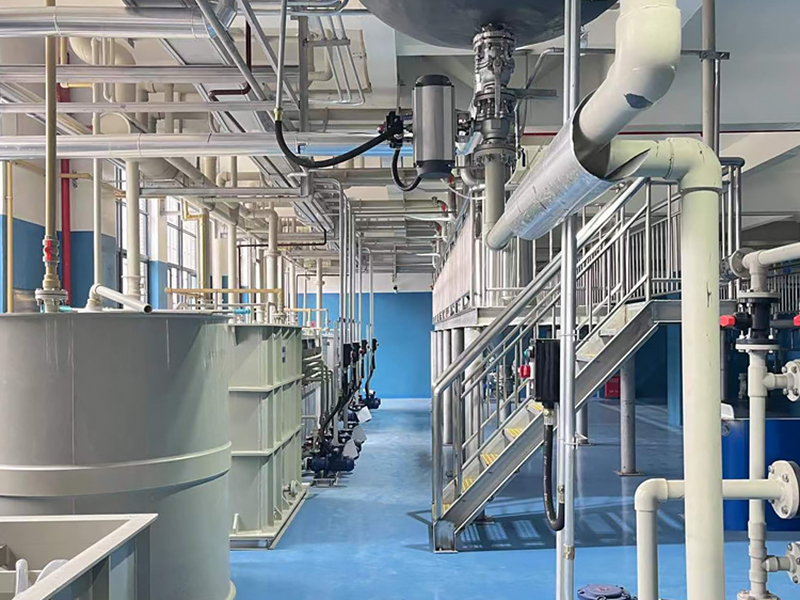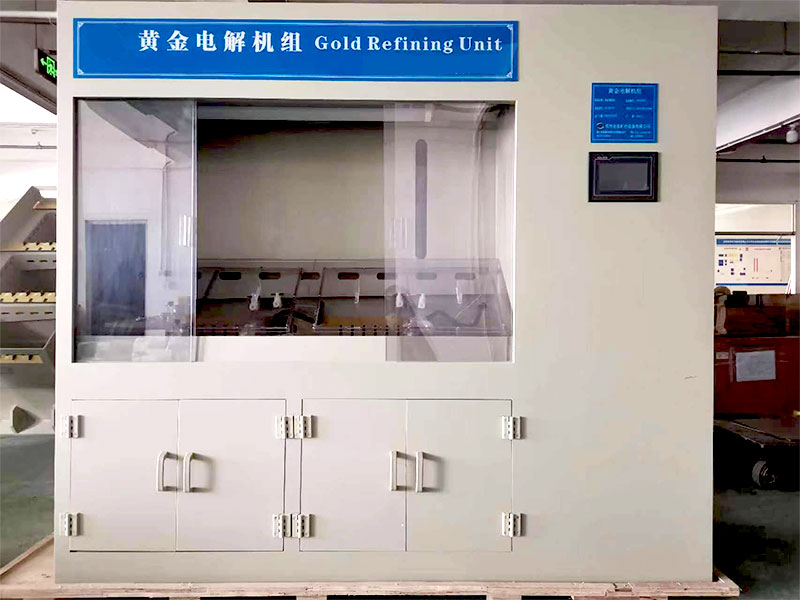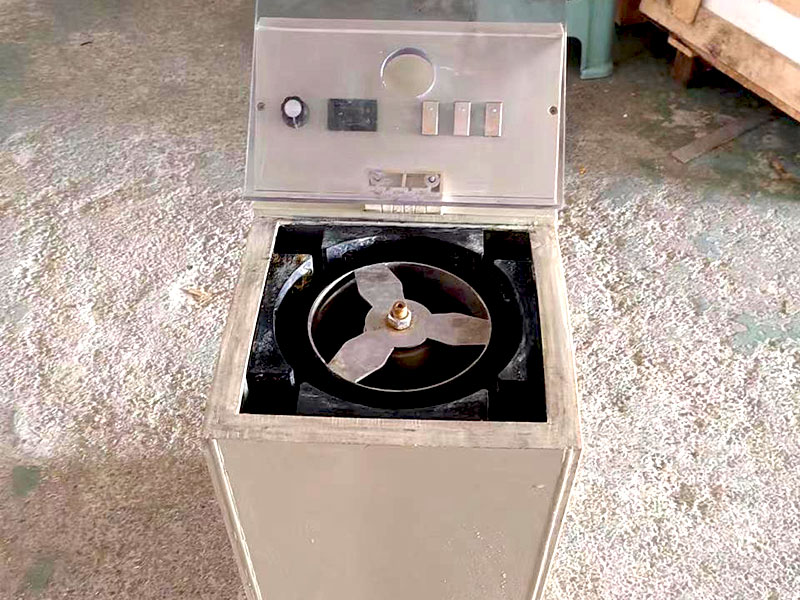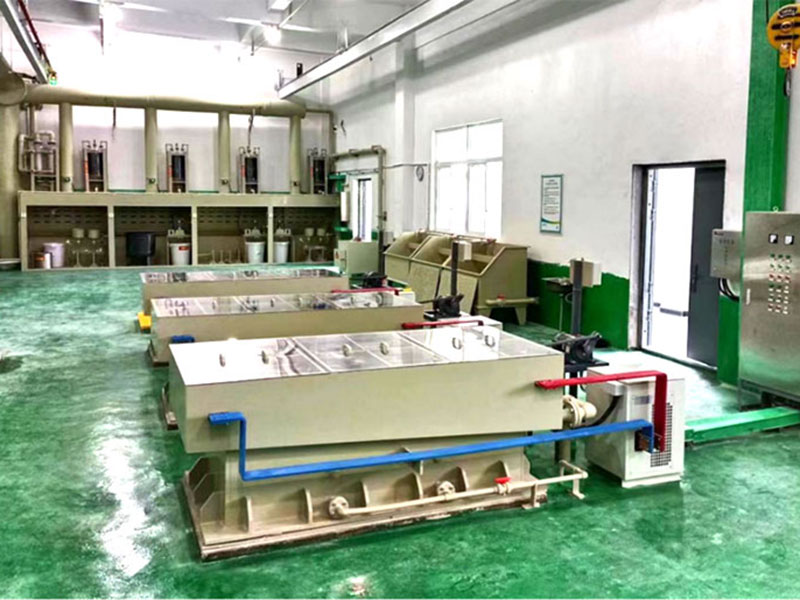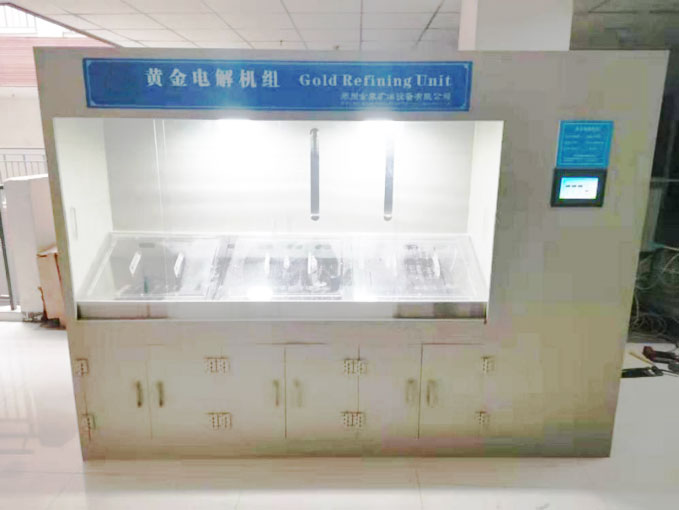refining silver at home
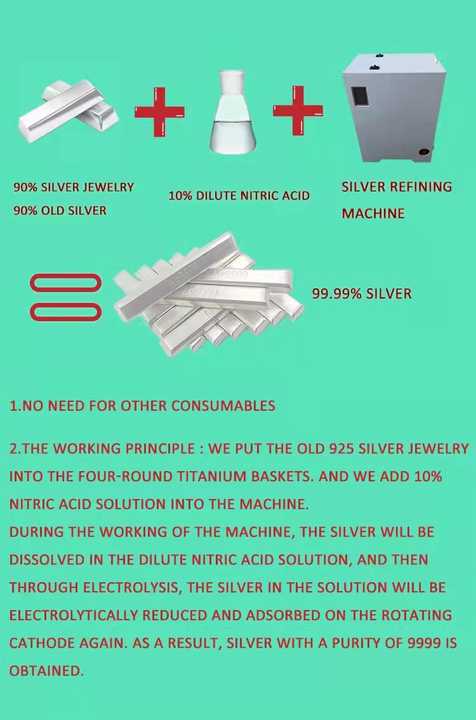
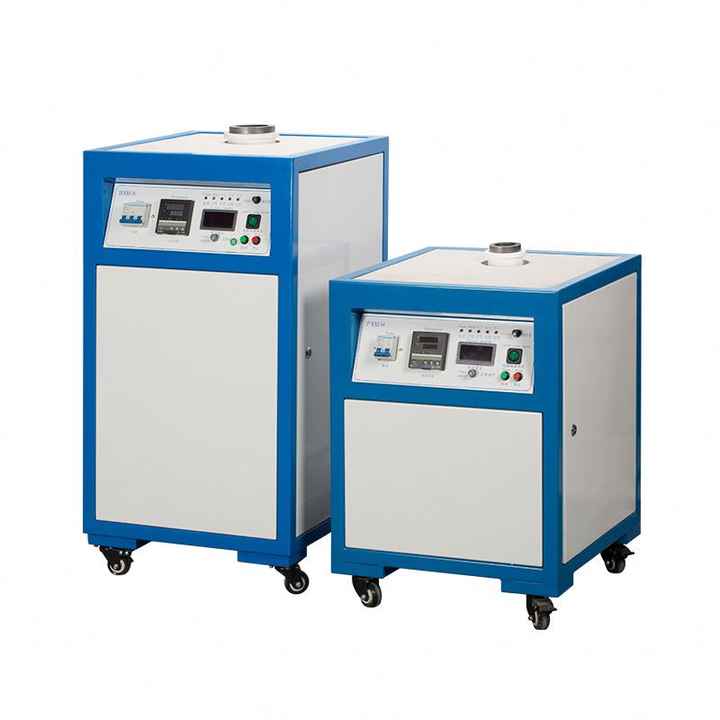
Refining Silver at Home A Practical Guide for Enthusiasts
Refining silver at home is a fascinating process that allows hobbyists and small-scale refiners to purify and recover silver from various sources. Whether you’re dealing with silver scrap, old jewelry, or silverware, this guide provides a comprehensive overview of how to refine silver at home, including essential equipment, techniques, and safety precautions.
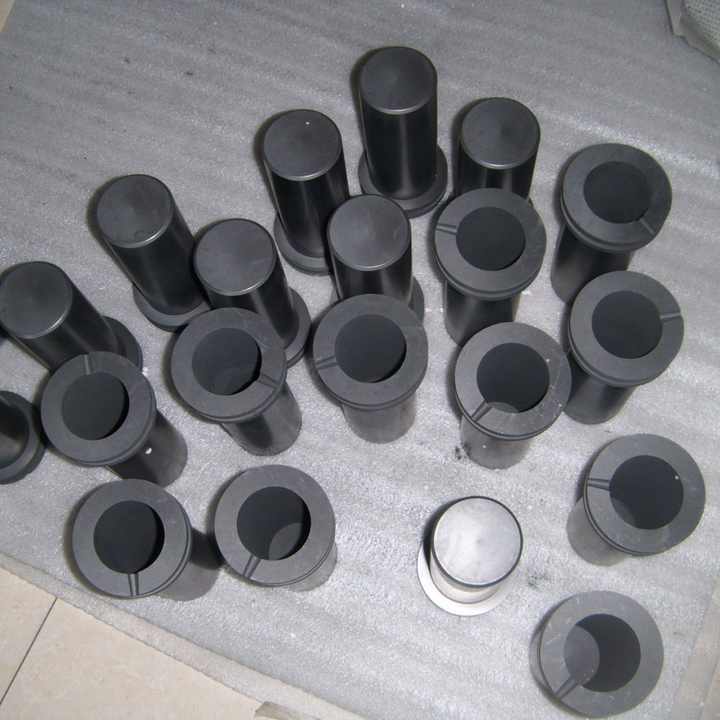
Understanding Silver Refining
Silver refining involves separating pure silver from impurities and other metals. The process typically requires chemical and physical methods to achieve high purity. While professional refiners use advanced equipment and techniques, refining silver at home can be both rewarding and educational with the right approach.
Equipment and Materials Needed
1. Safety Gear
Safety is paramount when refining silver. Essential safety gear includes:
- Protective Gloves: To handle chemicals and hot materials safely.
- Safety Goggles: To protect eyes from splashes and fumes.
- Respirator Mask: To avoid inhaling harmful fumes or dust.
- Lab Coat or Apron: To protect clothing and skin from chemicals.
2. Refining Equipment
The basic equipment needed for home silver refining includes:
- Crucible: A heat-resistant container for melting silver.
- Furnace or Torch: For heating the crucible to the required temperature.
- Stirring Rod: For mixing molten silver and flux.
- Tongs: For handling hot crucibles and molds.
- Molds: For pouring and shaping refined silver into bars or ingots.
3. Chemicals and Fluxes
- Flux: Fluxes like borax or sodium carbonate help remove impurities and form a slag that can be separated from the molten silver.
- Acid Solutions: Such as nitric acid, used in the refining process to dissolve silver and separate it from other metals.
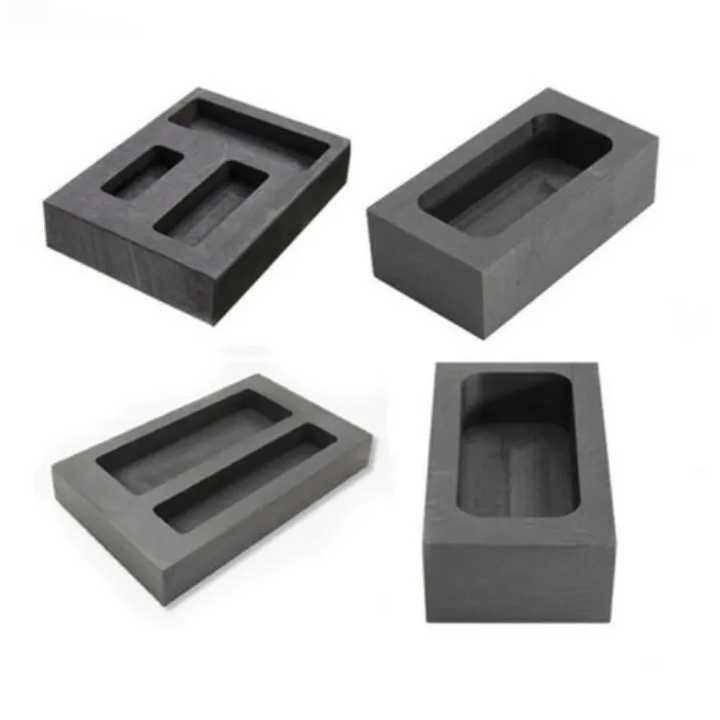
Refining Process
1. Preparation
- Collection and Cleaning: Gather the silver scrap or items to be refined. Clean them to remove any dirt, coatings, or non-silver materials.
- Shredding: If necessary, shred larger pieces into smaller fragments to facilitate easier melting and processing.
2. Melting Silver
- Set Up Furnace: Prepare your furnace or torch for heating. Ensure it reaches temperatures high enough to melt silver, around 962°C (1,764°F).
- Add Flux: Place the silver pieces in the crucible and add flux. The flux helps to clean the silver by binding with impurities.
- Heat the Crucible: Carefully heat the crucible until the silver melts. Use the stirring rod to mix the molten silver and flux to ensure thorough purification.
3. Pouring and Solidifying
- Pour the Silver: Once melted, pour the molten silver into molds to form bars or ingots. This step requires caution as the molten metal is extremely hot.
- Allow to Cool: Let the silver cool and solidify in the molds. Once cooled, remove the silver from the molds and inspect it for purity and quality.
4. Acid Treatment (Optional)
For further purification, you may choose to use acid treatment:
- Dissolution: Dissolve the silver in nitric acid to separate it from other metals. This process involves adding silver to a solution of nitric acid and allowing it to react.
- Filtration: Filter out the solution to remove impurities and non-silver metals.
- Precipitation: Precipitate the silver from the solution by adding a reducing agent, such as hydrochloric acid, to form solid silver chloride, which is then reduced to pure silver.
Benefits of Refining Silver at Home
- Cost-Effective: Refining at home can save money compared to commercial refining services.
- Educational Experience: The process provides hands-on learning about metallurgy and chemistry.
- Resource Recovery: Allows recovery and reuse of silver from old or scrap items.
Considerations and Challenges
- Safety Concerns: Handling chemicals and high temperatures requires strict adherence to safety protocols.
- Equipment Cost: Initial setup costs for refining equipment and chemicals can be significant.
- Skill and Experience: Successful refining requires practice and understanding of the techniques involved.
Refining silver at home is an accessible and rewarding process for those interested in precious metal recovery. With the right equipment, chemicals, and safety precautions, hobbyists can effectively purify silver from various sources. While there are challenges involved, the benefits of cost savings, educational value, and resource recovery make home silver refining a worthwhile endeavor for enthusiasts. By following the steps outlined in this guide, you can successfully refine silver and gain valuable experience in the art of metal purification.

